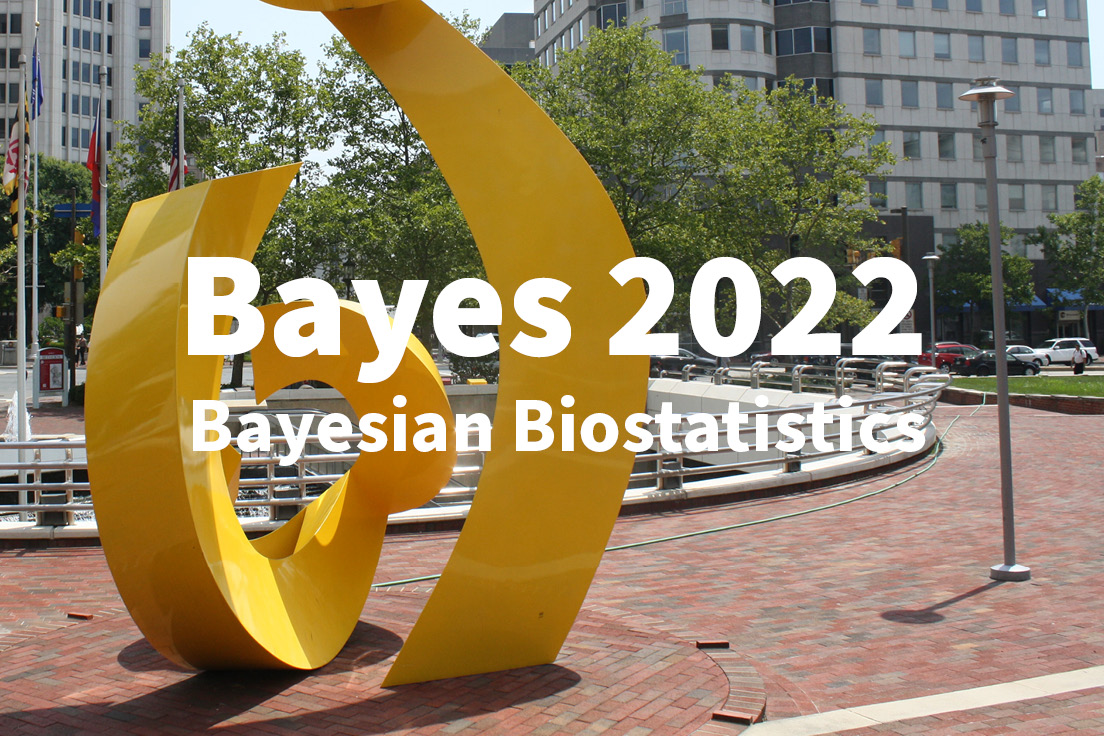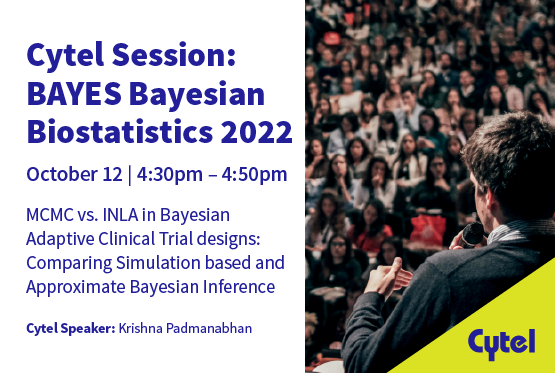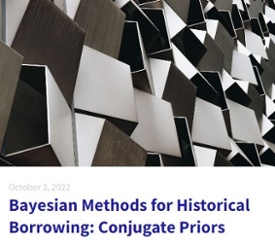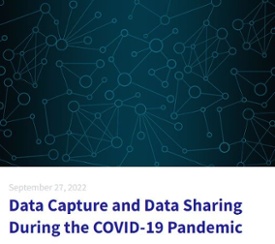MCMC vs. INLA in Bayesian Adaptive Clinical Trial Designs

Integrated Nested Laplacian Approximations (or INLA) are now starting to be used by statisticians as a key tool for Bayesian inference. Geared toward approximate calculations of Bayesian regression model posterior estimates, it can bring significant computational advantages over MCMC methods often used by practitioners. At the BAYES2022: Bayesian Biostatistics conference (October 12–14, 2022, in Bethesda, Maryland), Cytel’s Senior Research Principal Krishna Padmanabhan and VP of Scientific Strategy and Innovation Kyle Wathen will be presenting invited talks. Dr. Padmanabhan’s abstract on INLA is below along with his commentary on this important and timely upcoming talk. (For more information on Dr. Wathen’s talk, click here.)
MCMC vs. INLA in Bayesian Adaptive Clinical Trial Designs: Comparing Simulation-Based and Approximate Bayesian Inference
Cytel author: Krishna Padmanabhan
In the last few decades, with the wide availability of computing power, Markov chain Monte Carlo (MCMC) methods have made it possible to perform inference on complex Bayesian hierarchical models with many parameters. However, a lesser known but equally powerful framework for Bayesian inference based on Laplacian approximations also offers substantial advantages to the practitioner. Using Integrated Nested Laplace Approximations or INLA, it is often possible to obtain accurate and much faster inferences (frequently > 100x faster) by calculating very close approximations for posterior distributions of model parameters.
In this talk, we will begin with quick basics Approximate Bayesian Inference, then proceed to building an intuition for INLA from first principles. Details of posterior and predictive distribution calculations will be illustrated, along with necessary assumptions. All through, no prior expertise is assumed, and the emphasis will be on intuition rather than formulae. We then evaluate the real-world performance of MCMC and INLA on real-world adaptive Bayesian Designs and anonymized clinical trial datasets. Continuous, Binary, Repeated Measures and Time-to-Event endpoints will be explored with an example for each. Estimates of parameters, residuals, and quality of fit will be compared along with compute times needed for MCMC and INLA. The talk will end with a discussion of the pros and cons of each approach.
What are the primary differences between Markov Chain Monte Carlo approximation and Laplace approximation?
MCMC is relatively slow but an asymptotically exact method whose inferential validity rests on the convergence of a Markov chain to its equilibrium distribution. INLA on the other hand, uses analytical approximations and numerical integration rather than Monte Carlo simulations to approximate the posterior probabilities.
What motivated you to explore this topic and why is this moment significant? What are the stakes of the questions being explored?
MCMC methods have made an enormous impact on statistical practice by making Bayesian inference tractable for complex hierarchical models. However, this approach is computationally intensive and can thus lead to suboptimal exploration of the potential design space. INLA-based posterior approximations can alleviate the computational burden by offering an extremely fast way to conduct Bayesian inferences.
What are the strategic benefits of using this approach?
Using an INLA-based approach may allow for a much broader exploration of the parameter space during the design stage of a clinical trial. This can result in a better understanding of the trade-offs associated with your design and help make the right decisions with added confidence.
What can Cytel offer our clients in regards to this topic?
Cytel can offer strong Bayesian experts who have a solid track record in designing and analyzing Bayesian Clinical Trials. We are experienced in designing a wide variety of Bayesian clinical trials successfully and helping obtain design acceptance from regulatory agencies (FDA, EMA, PMDA, etc.).
How can the conversation continue from here?
Cytel will continue to apply these and other cutting-edge methods in the design and analysis of Bayesian clinical trials for their clients. If interested, please contact us so we may begin a conversation on how we can be of assistance in designing your clinical trials.
We look forward to seeing you at BAYES2022!
*Photo credit (blog thumbnail and accompanying social post): Elvert Barnes (CC BY-SA 2.0)
What's new in Perspectives on Enquiry & Evidence:







